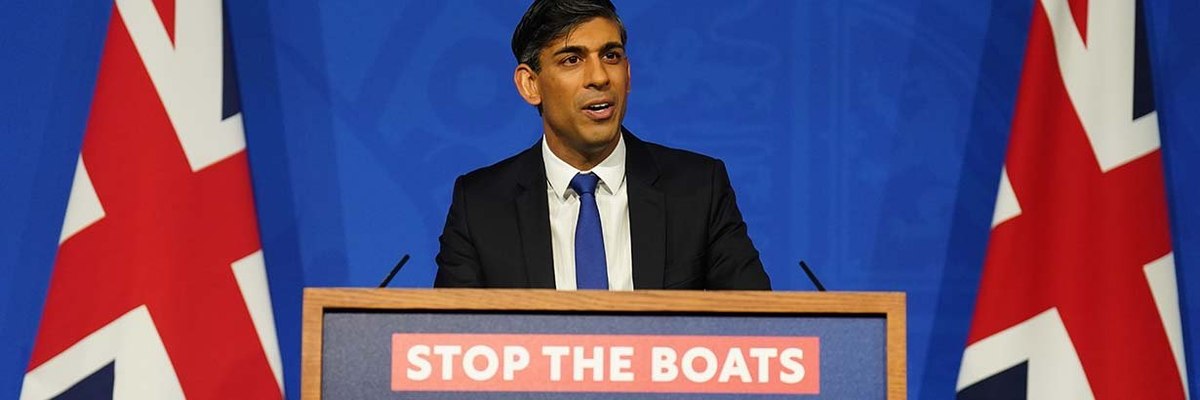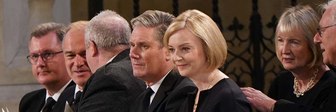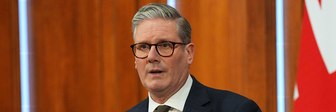Meanwhile, Jeremy Corbyn's influence is still apparent on perceptions of the Labour party
In 2016 a YouGov tracker study examined how political leaders affected perceptions of their party on the left-right axis. Returning to this data seven and a half years on shows the extent to which the trend has continued to play out.
Our survey question asks Britons whether they consider a party to be very, fairly or slightly left or right wing, or centrist. Responses are given a score ranging from -3 for “very left wing” to +3 for “very right wing” and then averaged for each party.
This means that the more left wing a party or politician is seen as being, the lower their score will be (and consequently, the farther to the left they will appear on the charts below), while the more right wing they are, the higher their score will be (and the farther to the right they will appear on the charts).
The Labour Party, or There and (Not Quite) Back Again
The results show that the leftward shift in public perceptions of the Labour party under Jeremy Corbyn has not been fully reversed by Keir Starmer.
During polling under Gordon Brown’s leadership, Britons rated Labour as -24 on average on the left-right scale – a figure which matched Brown’s own average rating exactly. Under Ed Miliband the party’s rating drifted leftwards, averaging -38 over the course of his leadership; this likewise closely matched Miliband’s own average left-right rating of -41.
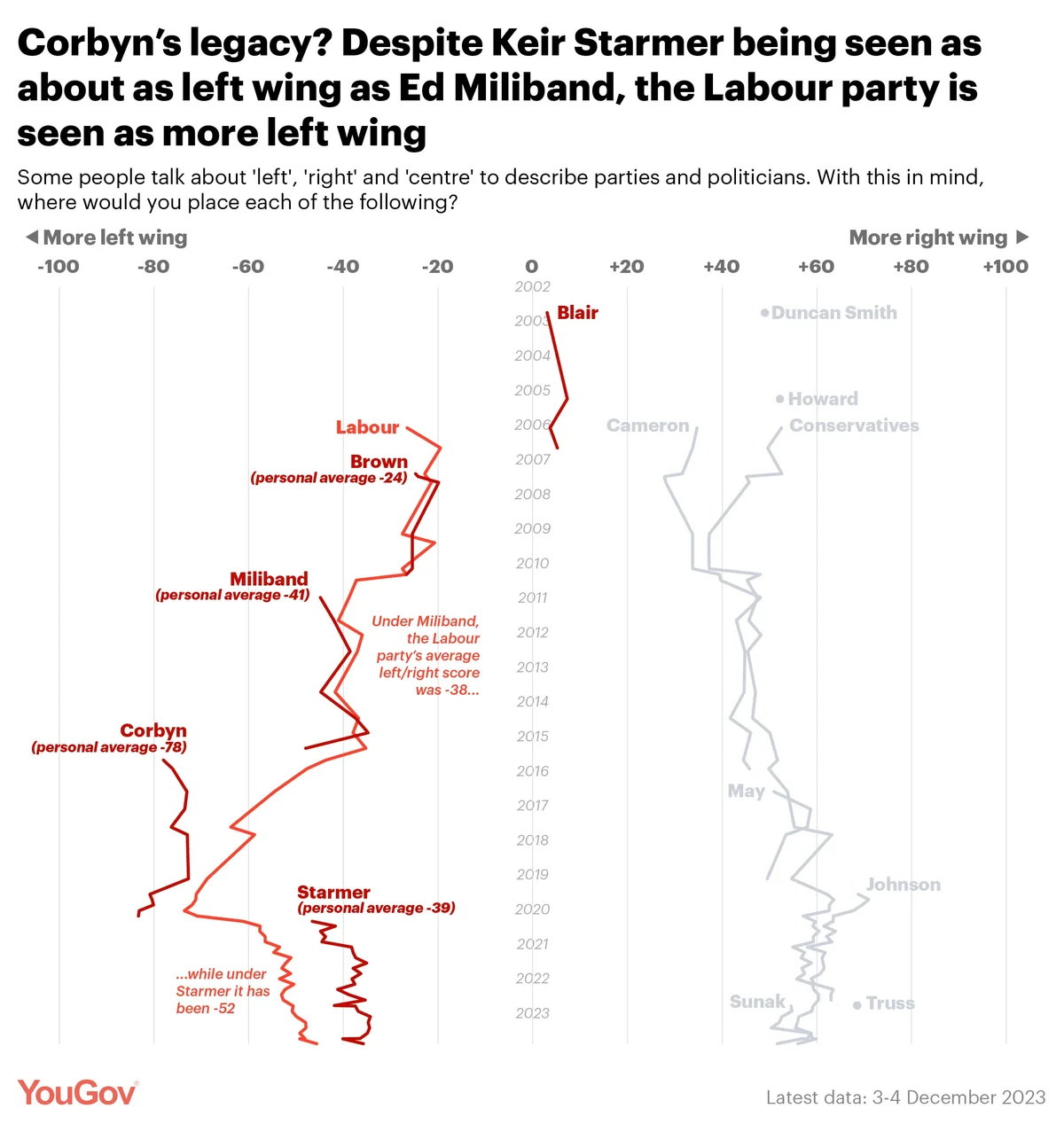
Under Jeremy Corbyn, perceptions of Labour lurched leftwards. In the final poll during Ed Miliband’s leadership, conducted in May 2015, Labour had scored -35. In September, the month Corbyn became leader, that figure immediately shifted to -44. Corbyn himself was rated -78 at this point.
By August 2017 – a couple of months after that year’s general election – Labour’s rating had shifted more dramatically to -64, and shortly after the 2019 general election it stood at -74. Corbyn’s rating in the meantime had shifted to -83 – perceptions of the party never did quite catch up with those of its leader.
The first poll with Keir Starmer as leader saw Labour’s score shift substantially more towards the centre, at -61. It has been slowly trending centre-wards since then, averaging -48 over the course of 2023. Notably, however, this means the public perception of the party continues to be further to the left of where it was under Ed Miliband.
This is in spite of the fact that Starmer himself is seen as being as about as left wing as Ed Miliband – Starmer averages -39 across all polls containing this question.
The Conservatives and the right
By contrast, any traces of David Cameron’s modernisation project have long since disappeared. Cameron had dragged perceptions of the Conservatives significantly towards the centre during his period as opposition leader, from a starting point of +53 in our first poll in February 2006 to +37 in March 2010 – close to Cameron’s own rating of +34.
The ratings of the Conservatives and their leader then lurched rightwards when the party came to power in 2010, however, and remained largely consistent thereafter – during his time as prime minister Cameron’s score averaged +44 and his party’s +48.
Theresa May was seen as further to the right than Cameron (averaging +54 as PM) and the Conservatives likewise under her (averaging +57).
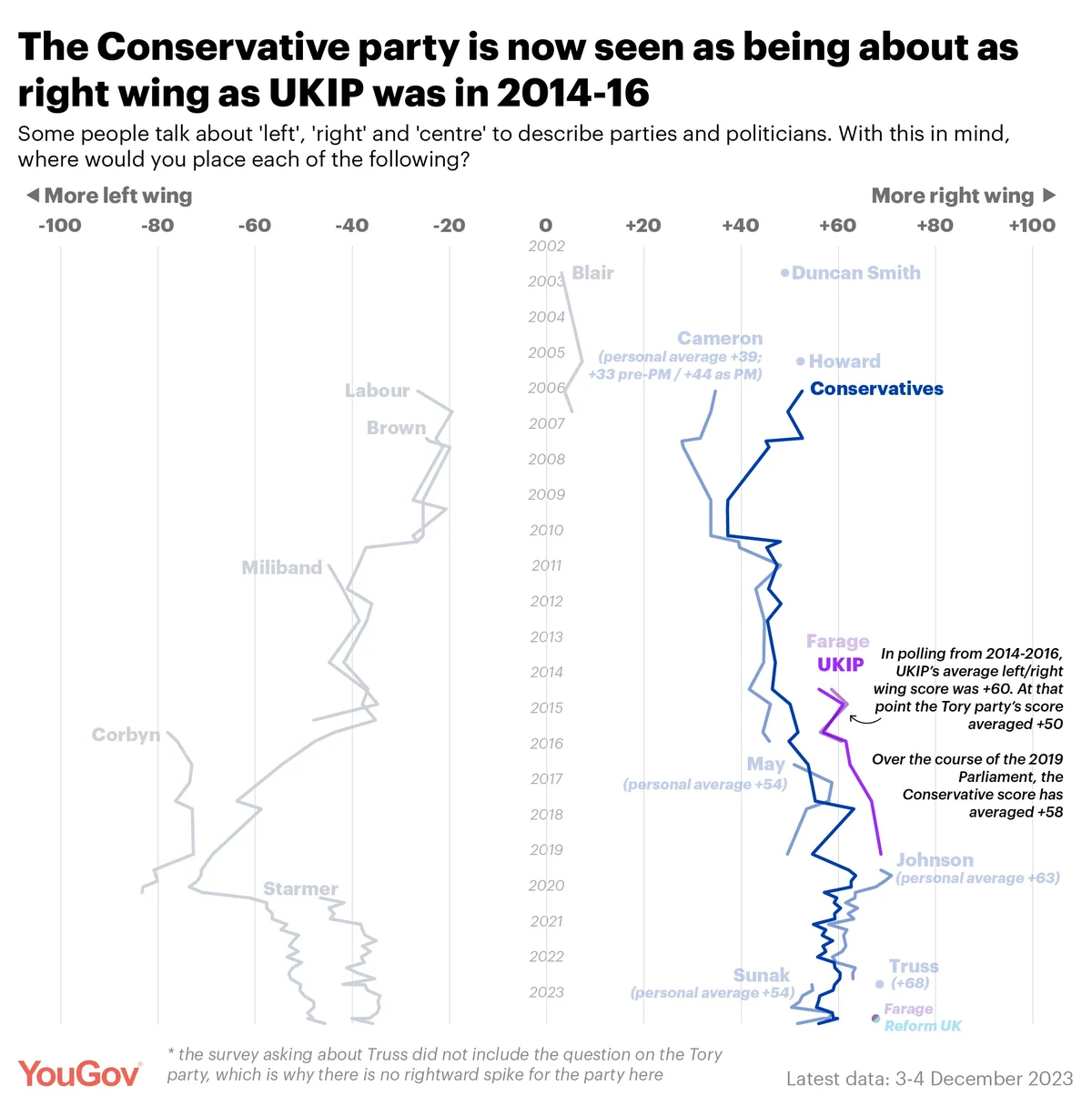
Perceptions of the party tacked rightwards seven points when Boris Johnson took over, from +55 in the final May poll to +62 in the first Johnson one. Johnson himself started with a more right wing score still (+69), although this receded to be closer to that of his party, both of which tacked slightly more towards the centre. Over his time as prime minister, Johnson’s score averaged +63 and the Tories’ averaged +59.
YouGov only managed to conduct this survey question once during Liz Truss’s short tenure, during which she scored +68. Unfortunately, this was not a survey where we also asked about the parties, but prior evidence would suggest perceptions of the Tories similarly shifted rightwards.
Rishi Sunak started in the same ballpark as Theresa May, at +55, and has averaged +54 during his time in office so far. Perceptions of the Conservative during this time have on average been a similar +58.
Part of the upshot of this rightwards shift is that since 2019 the Conservatives have been seen as being about as right wing as UKIP used to be. In five polls from summer 2014 to summer 2016, UKIP averaged a right wing score of +60. Nigel Farage’s own score matched, at +59.
Perceptions of UKIP and its spiritual successor Reform UK have drifted rightwards since that point – polls in 2017 and 2019 had UKIP on +67 and +69 respectively, while an October 2023 poll had Reform UK on +68 and Farage on the same – notably to the right of the current Conservatives.
The Liberal Democrats
The Liberal Democrats are seen as being noticeably more to the left than they were when we first started tracking the party in 2006. During the latter part of Charles Kennedy’s leadership the party averaged -16 – unfortunately Kennedy himself was not covered during this time period, although two polls from 2002 and 2005 had him on -22 and -21 respectively.
Prior to the party joining the coalition government, the Lib Dems under Nick Clegg averaged a more centrist score of -11. This shifted immediately rightwards upon entering government (from -17 to -4), and averaged -5 over the coalition period. Nick Clegg himself averaged -11 before becoming deputy prime minister and +1 thereafter.
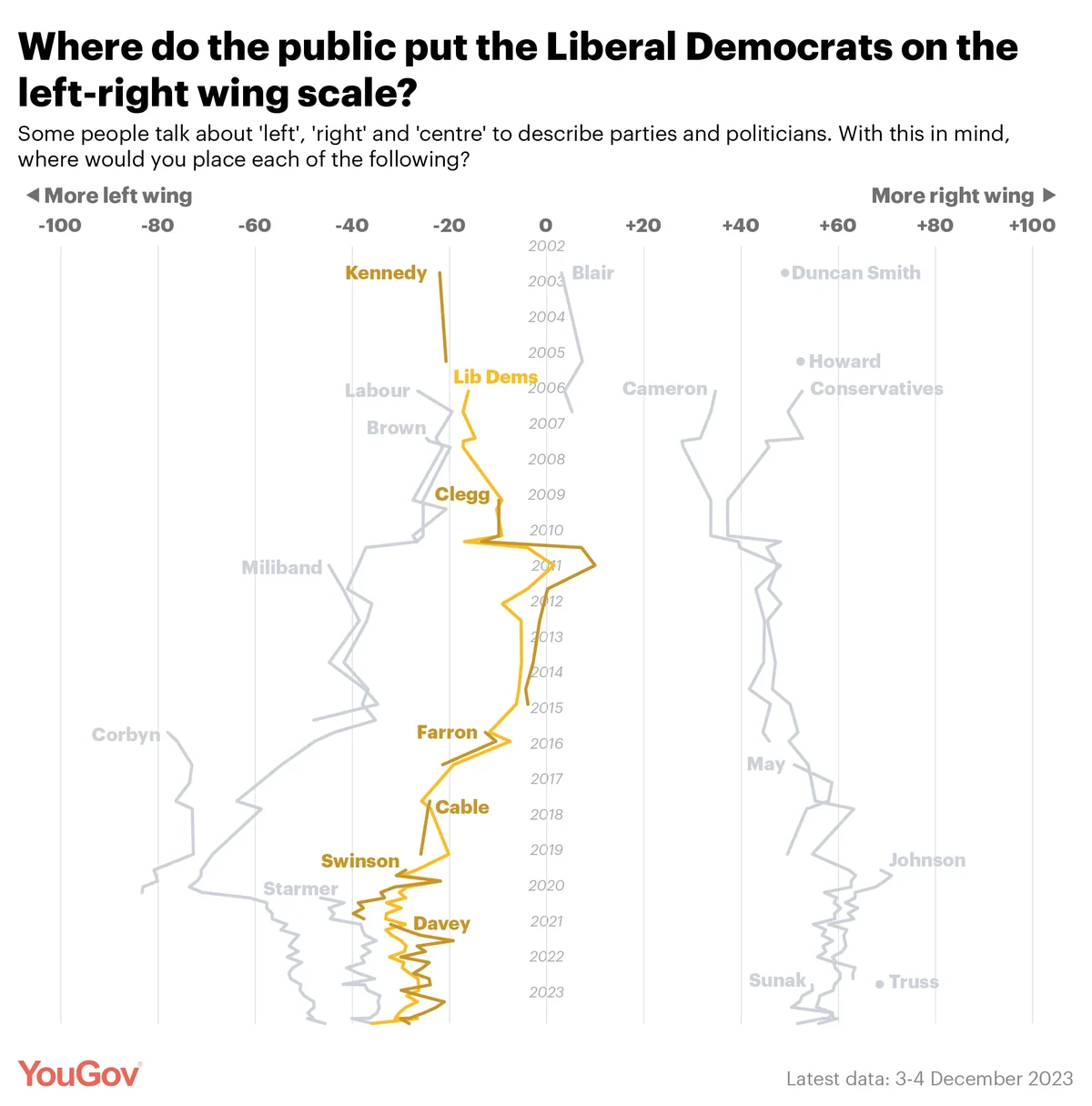
The party has drifted leftwards in the public mindset since then. Under Tim Farron the party averaged -13, then -23 under Cable, -30 under Swinson, and -29 under Davey. These ratings closely matched those of the leaders; Davey himself has averaged -26 during his time as leader.
In historical terms, this puts current perceptions of the Lib Dems somewhere between Gordon Brown’s Labour and Ed Miliband’s Labour.
Tables coming shortly
Photo: Getty
